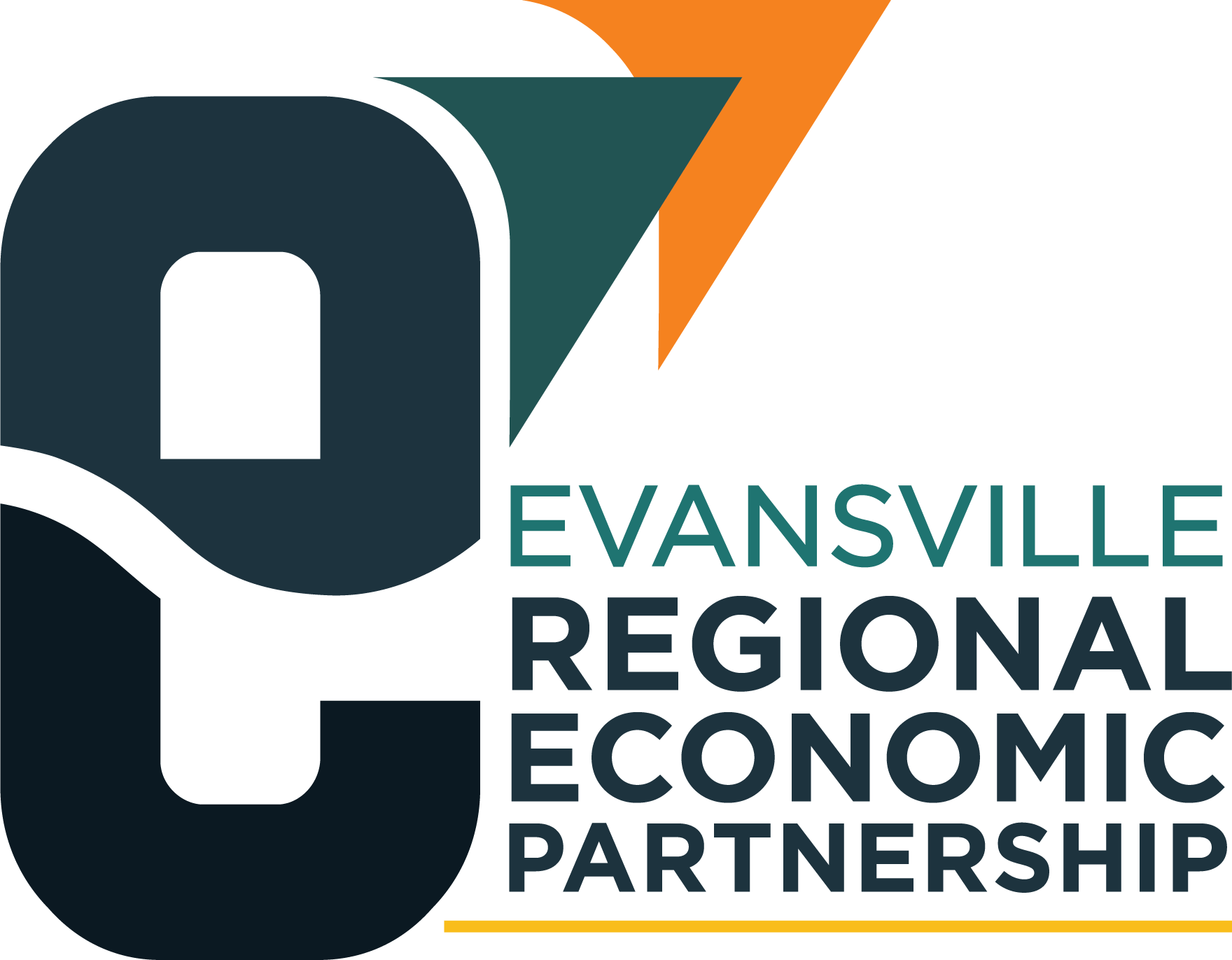Chamber Study Released
The Indiana Chamber of Commerce released a 20-page plan,(Indiana Prosperity 2035 (IP35)) this week outlining an “honest, objective strategic plan” and providing a bold vision and new strategies to keep moving Indiana forward for the next dozen years. Having emerged from the pandemic, the Chamber believes that Indiana’s economic future hinges on the state’s ability to address some conspicuous deficiencies and build upon its success. Improvements to education, the availability of a skilled workforce, attracting entrepreneurs to the state, and a willingness to embrace innovation are seen as vital to the state’s economic health. “The Indiana Chamber is worried about the next decade, not just the next week,” said Mike Wells, president of the Indiana Chamber Foundation.
IP35 consists of six pillars and 31 goals which focus on: Workforce, K-12 education, Economic Growth/Innovation and Entrepreneurship, Infrastructure and Energy, Quality of Place Strategies, and the Health and Prosperity of Hoosiers. “The first two pillars listed – workforce and K-12 education – are highly connected areas and ones the plan sees as central focus areas. If Indiana excelled in addressing every other goal outlined in this plan and fails to make significant progress on the workforce/education goals, we are doubtful that Indiana’s economy will hold its place – let alone accelerate its pace of improvement necessary,” warned Kevin Brinegar, outgoing president, and CEO of the Indiana Chamber.
Goals to be met on the workforce and K-12 front by 2035 include increasing the number of Hoosiers with credentialing, certification or degrees to 70%; increasing the number of Hoosiers with bachelor’s degrees from 29% to 40%; universal state-funded Pre-K; and increasing the number of students proficient in both math and language arts sections of ILEARN from 31% to 70%, with a goal of 90% of children proficient in reading by third grade. Currently, 3 in 10 students fail to meet minimum standards for their grade level in Indiana schools. The achievement gap for minorities and at-risk students is even worse, with more than 9 out of 10 black students failing ILEARN in the state.
“Achieving the goals in the plan will benefit all Hoosiers, both businesses and citizens alike,” said Brinegar, “It’s a new vision and an acceleration to push Indiana’s economy to even greater heights.” The ambitious plan hopes to address many issues, including reducing the state’s obesity and smoking rates to less than 15% and 20%, respectively. A two-page overview of the six pillars and strategic goals may be accessed at the following link, or reviewed in its entirety here.
Childcare Issues Vetted
Similar issues included in the Chamber study were also highlighted during more than three hours of testimony regarding the current state of childcare in Indiana before the Interim Study Committee on Public Health, Behavioral Health, and Human Services on Wednesday. The Committee was tasked with studying options for childcare, including locations for childcare facilities in businesses or other commercial buildings.
Committee Chair Senator Ed Charbonneau (R-LaPorte) opened the committee saying he had been “flabbergasted by the interest in the importance of child care.” He continued saying “it’s not an issue; it’s an issue in all capital letters. It’s almost like an infrastructure issue for the state of Indiana. We’ve got to have it. We’ve got to have it for economic development, for job creation, and when we’re talking about building those chip plants. It’s important.”
Vice Chair Rep. Brad Barrett (R-Richmond), a retired general surgeon, added “when we initially got this subject matter, I wasn’t sure why it was coming to public health. A lot of times to these meetings, I bring my mouth, and I think this is a meeting I’m going to bring my ears, because I think there’s going to be a lot to learn.”
Committee members heard from the Indiana Early Learning Advisory Council about work currently underway to evaluate existing regulations with a goal to remove and streamline barriers while they make recommendations later this year for designing and implementing a new quality ratings system (currently called Paths to Quality). They also heard from providers and several economic development leaders touting data that shows a 10% decrease in the cost of child care can create an increase in the available workforce of .65 to 2.5%; for Indiana that could be 20-90,000 additional workers.
You can see the various presentations made to the Committee here and know that the bottom line is that the state likely has no other choice than to invest more money into the system in order to build a childcare infrastructure with the workers needed to provide high quality care in safe environments. The Committee pledged to continue hearing from providers and others on this issue over the next two months before they submit their final report in October.

Important Dates:
- August 30th: E-REP Evansville Mayoral Candidate Forum
- September 13th:
- Interim Study Committee on Public Health, Behavioral Health, and Human Services hearing re: mental health and treatment options.
- Interim Study Committee on Labor and Employment (no agenda published yet)
- September 28th:
- Government Reform Task Force (no agenda published yet)
- Interim Study Committee on Public Health, Behavioral Health, and Human Services (no agenda published yet)
- E-REP Annual Meeting and Dinner
